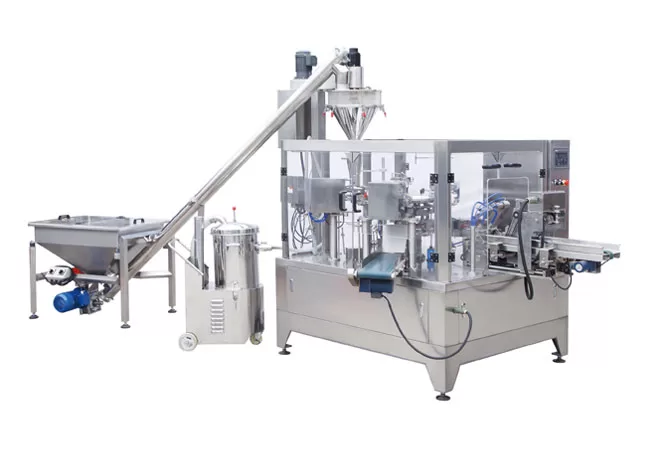The Science Behind Pure Water Packing Bag Machines and Their Efficiency
Introduction
In today’s fast-paced world, access to clean and safe drinking water has become paramount. Pure water packing bag machines play a crucial role in meeting this demand by efficiently and hygienically packaging pure water for distribution and consumption. This article delves into the scientific principles and technological advancements that underpin the efficiency of these machines.
Automated Bag Forming and Filling
The initial step in pure water packing involves forming and filling the bags. Modern machines employ sophisticated bag forming units that create precise and uniform bags by heat-sealing a multilayer film. This film typically comprises a polyester layer for durability, a polyethylene layer for flexibility, and an aluminum layer for barrier protection. The filling process is equally automated, with sensors precisely measuring and dispensing the desired volume of pure water into each bag.
Precision Sealing and Sterilization
After filling, the bags undergo a meticulous sealing process. Ultrasonic sealing employs high-frequency sound waves to create a strong and airtight weld, ensuring the integrity of the packaging. Additionally, advanced machines incorporate sterilization modules that use ultraviolet or ozone technology to eliminate any microorganisms present on the bag surface, ensuring the microbiological safety of the packed water.
Advanced Automation and Control Systems
The efficiency of pure water packing bag machines relies heavily on sophisticated automation and control systems. Programmable logic controllers (PLCs) and human-machine interfaces (HMIs) enable operators to set and monitor various machine parameters, such as filling speed, sealing temperature, and bag size. Sensors and feedback loops ensure precise control over the entire packaging process, minimizing downtime and optimizing productivity.
Energy Efficiency and Sustainability
Modern pure water packing bag machines prioritize energy efficiency and sustainability. Efficient motors and drives reduce energy consumption, while the use of recyclable packaging materials promotes environmental conservation. Additionally, continuous monitoring systems enable operators to identify areas for further efficiency improvements, reducing operating costs and minimizing the machine’s ecological footprint.
Innovation and Research and Development
The constant pursuit of innovation drives the development of even more efficient and advanced pure water packing bag machines. Research and development efforts focus on improving packaging accuracy, enhancing sterilization technologies, and integrating Industry 4.0 concepts for real-time monitoring and predictive maintenance. These advancements continuously push the boundaries of packaging efficiency and ensure the delivery of safe and high-quality pure water to consumers.
Conclusion
Pure water packing bag machines play a vital role in providing access to clean and safe drinking water worldwide. The scientific principles and technological advancements behind these machines enable automated bag forming and filling, precision sealing, sterilization, advanced automation, energy efficiency, and continuous innovation. By optimizing these aspects, pure water packing bag machines ensure the efficient and hygienic packaging of pure water, safeguarding public health and well-being.
-
Advanced Weight and Packing Solutions for Modern Manufacturing
10-05-2025 -
Precision Meets Efficiency: Modern Solutions in Weighing and Packing Machinery
10-05-2025 -
Efficient and Accurate: Exploring Modern Weighing and Filling Machine Solutions
10-05-2025 -
Finding the Right Auger Filling Solution: Semi-Auto vs. Automatic Machines
04-05-2025 -
Precision Meets Efficiency: How Auger Filling Machines Revolutionize Powder Packaging
04-05-2025 -
The Future of Packaging: How Automatic Machines Are Revolutionizing the Industry
04-05-2025 -
Overview of Packaging Machine Buying Guides
08-01-2024 -
How Does a Vertical Form Fill Seal Machine Work?
30-10-2023 -
Advancements in Auger Powder Filling Technology
27-10-2023 -
A Deep Dive into Automatic Packaging Machines
26-10-2023














